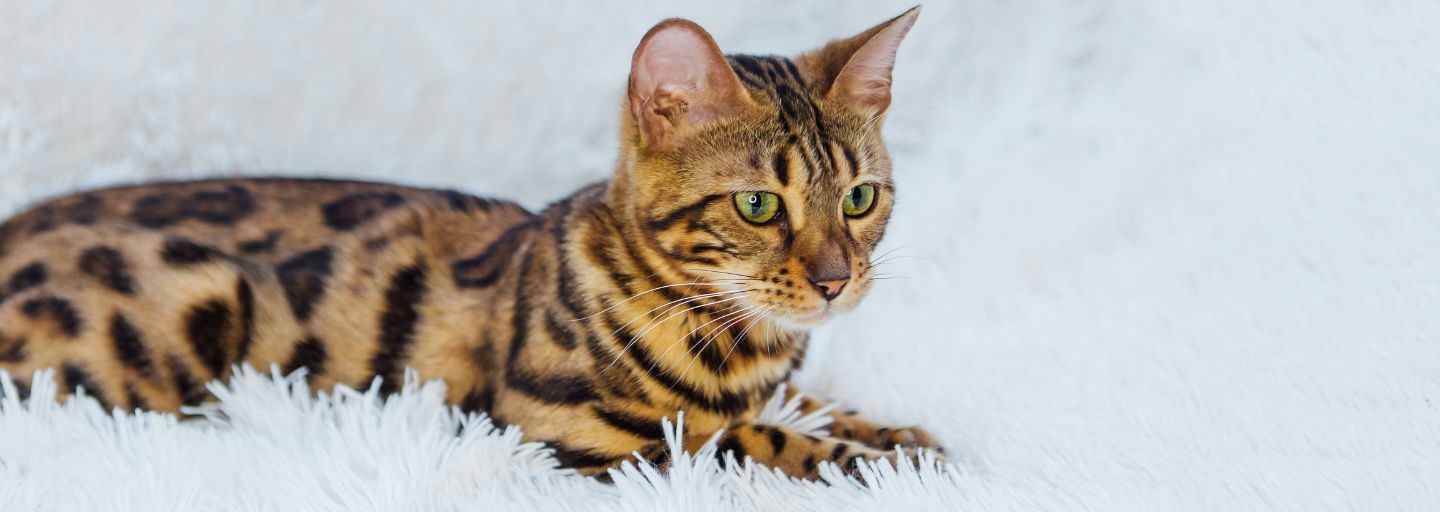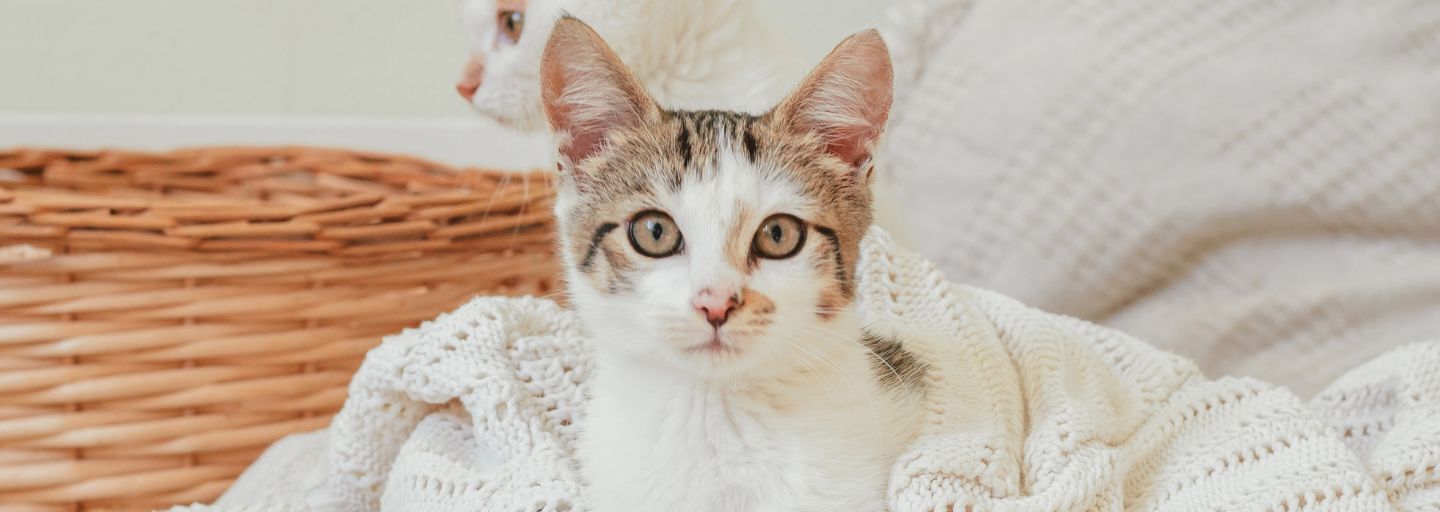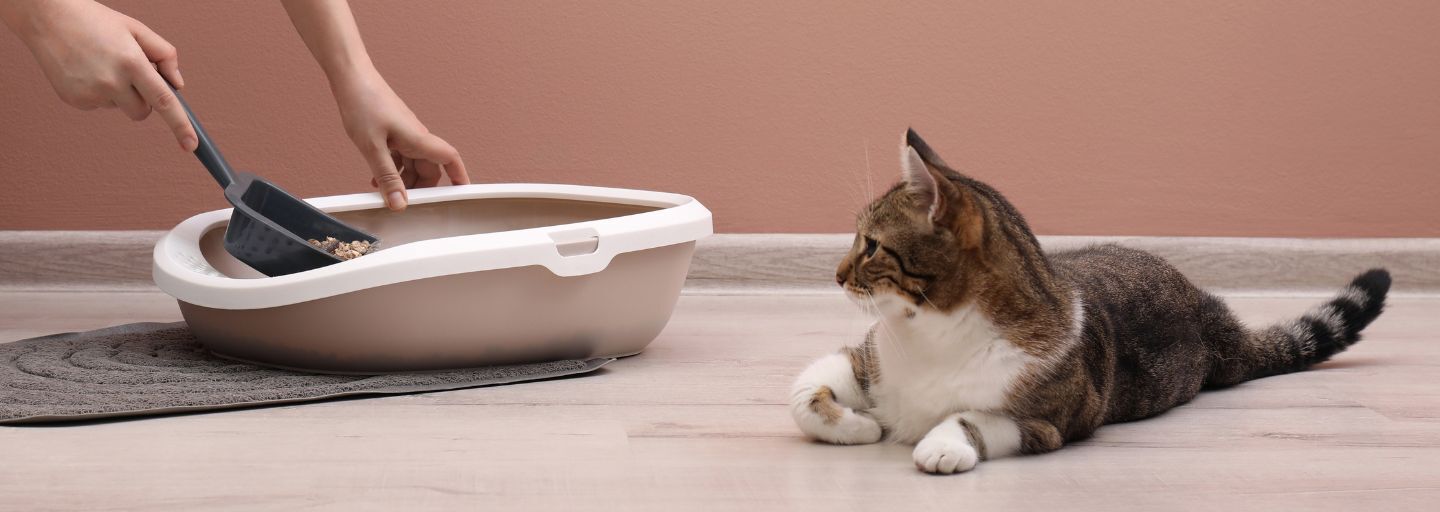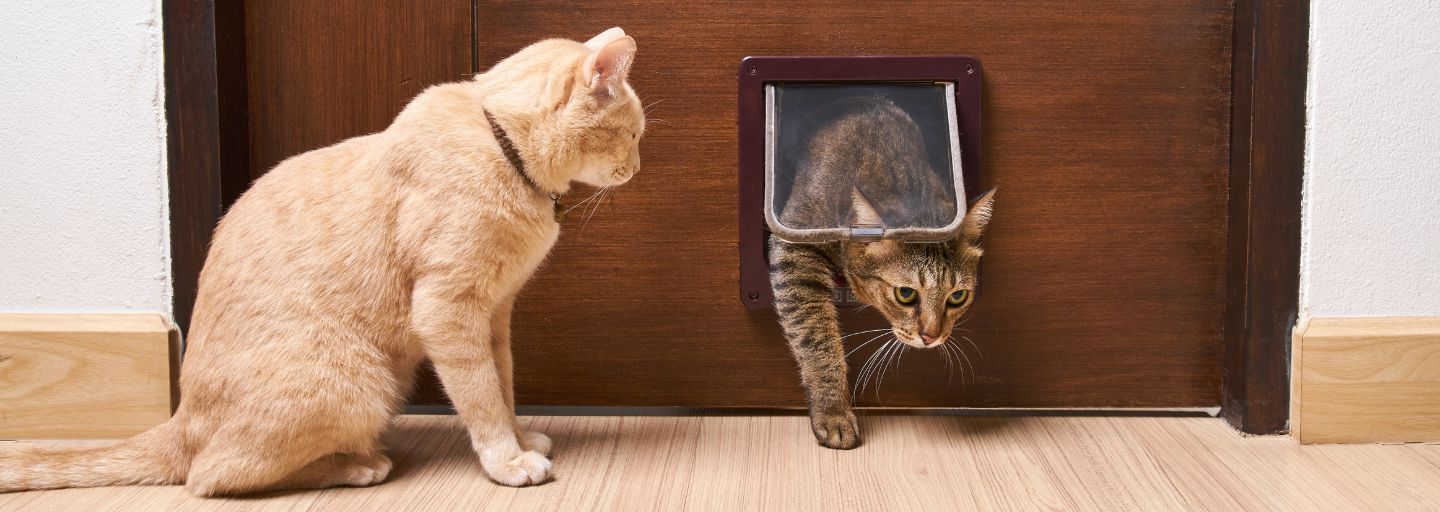Whether luxurious and long or short and glossy, cats display an incredible range of coat colours and patterns. No two markings are ever the same, much like the personality of our cats.
Explore the different patterns and colours that make our favorite felines so wonderfully unique.
Coat Colours
Cat coats come in a range of beautiful colors and patterns – but what makes them distinctive comes down to genetic mutations creating the most wonderful colored coats and also from selective breeding that has produced some beautiful patterns.
Despite the endless combinations, there is a simple way to understand cat coats, and it all starts with these four colors:
• Black
• Red (ginger)
• Brown (chocolate)
• Cinnamon
Other or secondary cat coat colors are created when there is a special gene variation that "dilutes" the original cat coat color. This can happen through selective cat breeding or natural breeding over time. These colors include:
• Blue – a variation of black
• Cream – a variation of red or ginger
• Lilac – a variation of brown
• Fawn – a variation of cinnamon
In addition to coat colors, there are numerous color patterns that make up purebred and other domestic cats. Given the extensive number, we’ve narrowed these down into six of the most popular pattern types you might be familiar with.
Solid or Self-colored
Solid or self-colored coats simply refer to those of one distinct color. The Russian Blue cat is a good example. Although some coats appear to be one uniform color, in certain light (for example, in sunlight), you might be able to see a faint outline of their underlying tabby pattern.
Tabby
One of the most popular coat patterns is the tabby. This distinctive spotted, dotted, striped, or otherwise recurring pattern can appear in many different colors.
For those that sport this lovable look, they can be divided into five different types. All have the trademark “M” marking on their foreheads and have darker lines around their faces. Common color patterns include:
• Classic
• Ticked
• Mackerel
• Spotted
Tortoiseshell (tortie)
These uniquely patterned cats have a combination of two colors, usually black and red. There are, however, variations of the black and red – black can present variants of brown or grey, and the red can appear cream, gold, or orange.
Colorpoint
Colorpoint cats are easy to spot because their ears, face, paws, and tail are much darker than the rest of the coat. It can often be seen in Siamese cats and other similar breeds. Colorpoint kittens are born without the distinctive color markings but develop as they grow.
Bicolor or Piebald
A bicolor cat, also known as a piebald cat, is a cat with a coat consisting of one primary color combined with any amount of white. The amount of white can range from only a tiny streak to nearly the entire coat.
Bicolor patterns can occur in many breeds, including British Shorthair, Maine Coon, Exotic Shorthair, Persian, Turkish Van, and other domestic cats.
Tricolor or Calico
Tricolor or calico cats have captivated many cat lovers over the years. This coat pattern consists of a red (ginger), black, and white coloration. Just like the tortoiseshell, a calico can be diluted, showing grey, cream, and white patches.
No matter the spectrum of colors, patterns, or fur length our favorite feline flaunts, what makes our cat unique is what makes them beautiful.
What do you love about your cat’s coat? Let us know in the comments or share a picture of your cat on our Facebook page.



